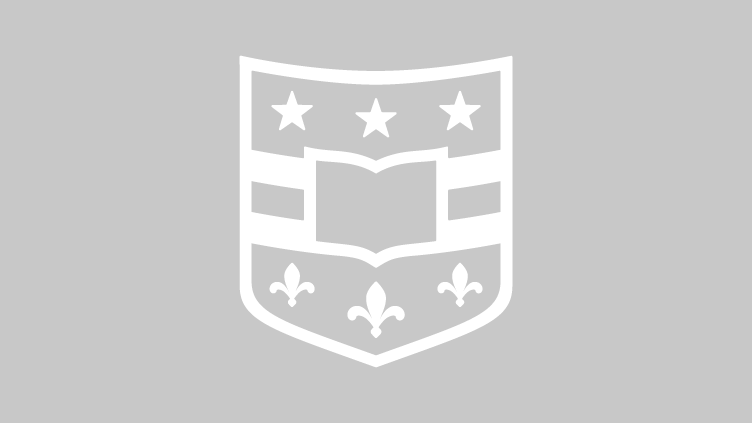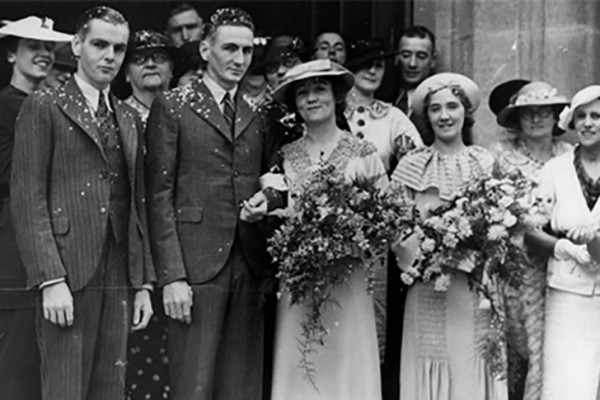Understanding how connections rewire after spinal cord injury
Restoring function after spinal cord injury, which damages the connections that carry messages from the brain to the body and back, depends on forming new connections between the surviving nerve cells. With a five-year, nearly $1.7-million grant from the National Institutes of Health, Shelly Sakiyama-Elbert, PhD, professor of biomedical engineering in the School of Engineering & Applied Science, is using novel methods to study how these nerve cells grow and make new connections to reroute signals that could restore function and movement in people with these debilitating injuries.
To speed up magma, add water
A three-dimensional seismic image of the mantle beneath the
Lau Basin in the South Pacific just published in Nature has an intriguing anomaly. The image showed the least magma where the scientists expected to find the most. After considerable debate, they concluded that magma with a high water content was flushed so rapidly that it wasn’t showing up in the images.
Cyanobacterium found in algae collection holds promise for biotech applications
Cyanobacteria are attractive organisms for the bio-production of fuels, chemicals and drugs but have the drawback that most strains in common use grow slowly. This week scientists at Washington University reported that they have recovered a fast-growing strain of cyanobacteria from a stored culture of a cyanobacterium originally discovered in a creek on the campus of the University of Texas at Austin in 1955. The new strain grows by 50 percent per hour, the fastest growth rate ever reported for this type of bacteria.
Friends know how long you’ll live, study finds
Young lovers walking down the aisle may dream of long and healthy lives together, but close friends in the wedding party may have a better sense of whether those wishes will come true, suggests new research on personality and longevity from Washington University in St. Louis.
Nanotechnology changes behavior of materials, new research finds
A research team including Elijah Thimsen, PhD, assistant professor of energy, environmental & chemical engineering in the School of Engineering & Applied Science, has developed a technique to increase the performance and electrical conductivity of thin films used to print solar cells from inks.
Peat fire emissions may shed light on climate change
Rajan Chakrabarty, PhD, assistant professor of environmental engineering in the School of Engineering & Applied Science, has received a three-year grant from the National Aeronautics and Space Administration (NASA) to study the climatic effects of carbon-containing aerosols emitted from peat fires.
Surprised by math
Math circles, which bring together professional mathematicians and young students,
have been a part of mathematical culture in Russia since the 1930s and
in Bulgaria for nearly a century. Washington University’s math circle, founded in 2002, gives kids a chance to meet a mathematician and to absorb his or her adventuresome and imaginative approach to solving problems.
How bacteria control their size
New work shows that bacteria (and probably other cells as well) don’t double in mass before dividing. Instead they add a constant volume (or mass) no matter what their initial size. A small cell adds the same volume as a large cell. By following this rule a cell population quickly converges on a common size.
New technology focuses diffuse light inside living tissue
Lihong Wang, PhD, continues to build on his groundbreaking technology that allows light deep inside living tissue during imaging and therapy. In the Jan. 5 issue of Nature Communications, Wang, the Gene K. Beare Professor of Biomedical Engineering at Washington University in St. Louis, reveals for the first time a new technique that focuses diffuse light inside a dynamic scattering medium containing living tissue.
Most-read stories of 2014: In the field
Washington University researchers worked in the local community and across the globe in 2014 to better understand our bodies, our minds and our cultures.
Older Stories


